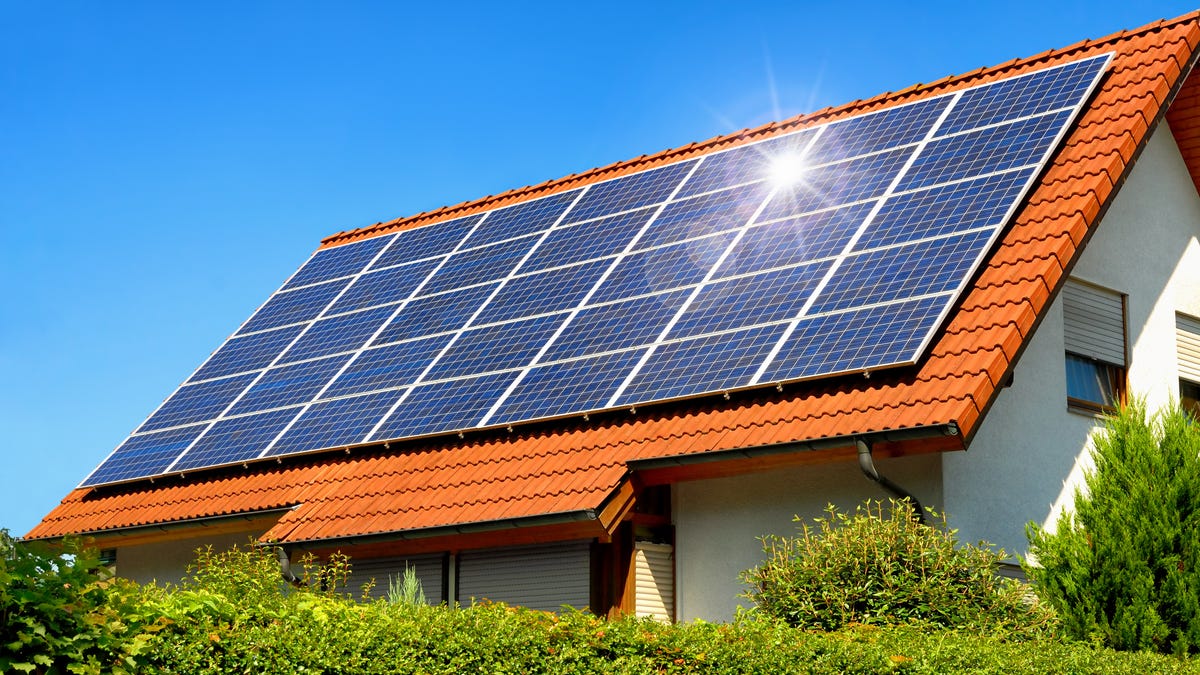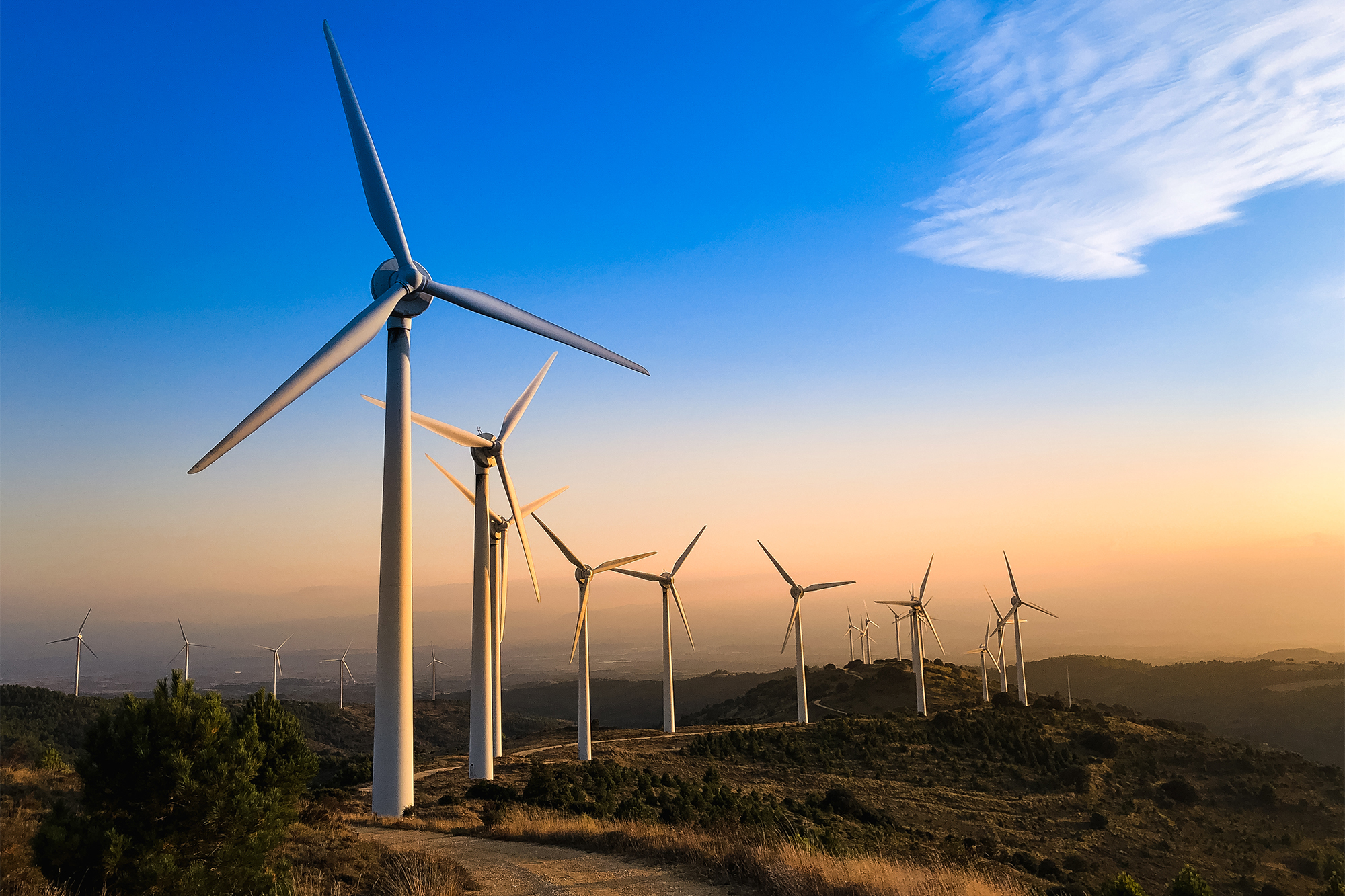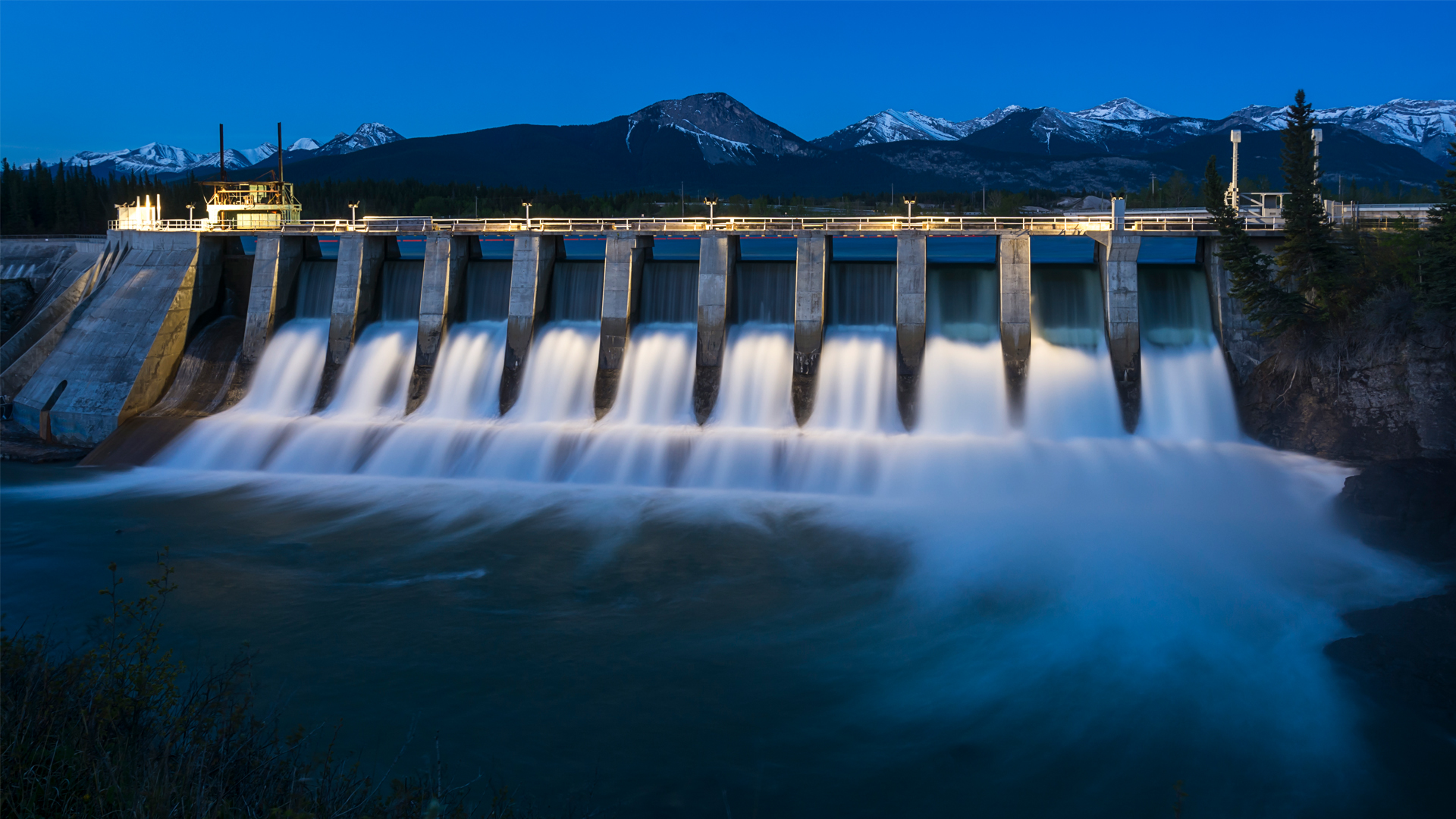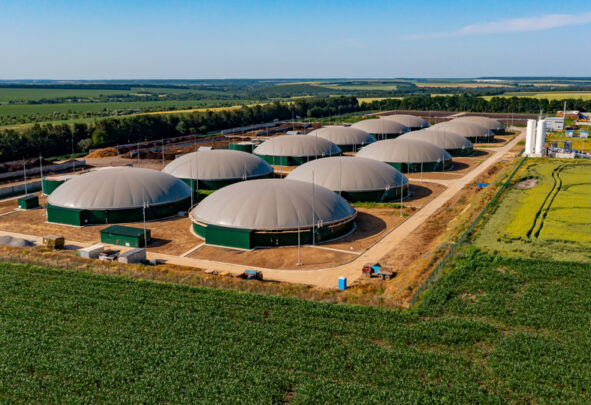
By Agroempresario.com
Renewable energy is a cornerstone of the global effort to combat climate change and reduce dependence on fossil fuels. As countries around the world increasingly embrace sustainable energy solutions, various forms of renewable energy have emerged, each with unique characteristics, advantages, and challenges.

Solar energy harnesses the power of the sun through photovoltaic (PV) panels or solar thermal systems. Countries with abundant sunlight, such as the United States, China, and India, have become leaders in solar power production. In particular, China dominates the global solar market, boasting the highest installed solar capacity. The United States follows closely, with significant solar farms across states like California and Nevada. India is also rapidly expanding its solar infrastructure, aiming to meet ambitious renewable energy targets.

Wind energy captures kinetic energy from wind through turbines, converting it into electricity. This renewable source has gained substantial traction in countries with vast open spaces and strong, consistent winds. The United States, China, and Germany are prominent players in wind energy production. The United States has vast wind farms across the Midwest and Texas, while China’s coastal and inland regions host numerous wind projects. Germany has been a pioneer in offshore wind energy, significantly contributing to its renewable energy mix.

Hydropower utilizes the energy of flowing water to generate electricity, typically through dams. It remains one of the oldest and most widely used forms of renewable energy. China, Brazil, and Canada are the leading countries in hydropower production. China’s Three Gorges Dam, the world’s largest power station by installed capacity, exemplifies the country’s commitment to hydropower. Brazil leverages its extensive river systems, notably the Amazon Basin, for hydropower, while Canada’s vast freshwater resources support its significant hydropower infrastructure.

Biomass energy derives from organic materials such as plant and animal waste. It can be used for heating, electricity generation, and as a biofuel. The United States, Brazil, and Sweden are key countries utilizing biomass energy. The United States primarily produces biofuels from corn and soybeans, while Brazil relies heavily on sugarcane ethanol. Sweden, with its focus on sustainability, uses biomass for district heating and electricity production, significantly reducing its reliance on fossil fuels.

Geothermal energy exploits the Earth’s internal heat to generate electricity and provide direct heating. Countries situated along tectonic plate boundaries, such as the United States, Iceland, and the Philippines, are leaders in geothermal energy. The United States, particularly in California and Nevada, has substantial geothermal power plants. Iceland, with its unique geological position, harnesses geothermal energy for almost 90% of its heating needs. The Philippines also capitalizes on its geothermal resources, making it one of the top geothermal energy producers in the world.

In addition to these established renewable energy sources, emerging technologies such as tidal and wave energy are gaining attention. The United Kingdom and Canada are exploring the potential of harnessing ocean energy, aiming to diversify their renewable energy portfolios.

Globally, international collaborations and agreements, such as the Paris Agreement, underscore the collective commitment to transitioning to renewable energy. The European Union, for instance, has set ambitious targets for renewable energy adoption, promoting investment and innovation across member states. Similarly, the United Nations' Sustainable Development Goals emphasize affordable and clean energy, encouraging countries worldwide to increase their renewable energy capacity.
In conclusion, the global landscape of renewable energy is diverse and dynamic, with various countries leading in different forms of sustainable power. As technology advances and awareness of environmental issues grows, the shift towards renewable energy continues to accelerate, promising a cleaner and more sustainable future for generations to come.
